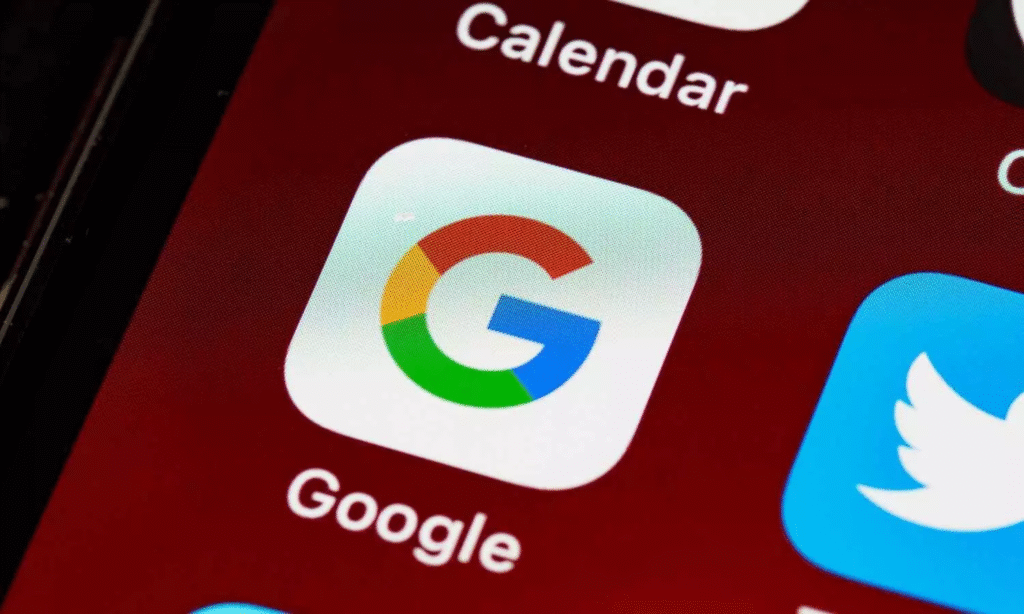Android Instant Apps are scheduled to be discontinued by the end of 2025, announced Google. The mini-apps were introduced in 2017 and allowed individuals to sample components of an app without installing it. Users could tap a link and access features right away. Developers could showcase games or services without asking users to take up storage space.
Google says that Instant Apps saw very low usage and that few developers built their apps to support the format. Many builders found it hard to trim their apps under the strict 15 MB size limit. As a result, the feature never reached a wide audience.

What Android Instant Apps Offered
By the time Instant Apps started to roll out, when a user taps a link to, say, a movie ticket service a lightweight interface would appear within seconds. The experience would behave exactly like a real app, without installing it on the Play Store. After closing the session, the mini-app vanished from the device, freeing up no storage. Early adopters included media outlets, shopping services, and game demos.
Why the Feature Is Ending
Google’s own data shows that only a small fraction of Android users ever tapped Instant App links. Developers instead focused on web pages, progressive web apps, or full installs. Google has shifted to other discovery tools, such as AI-powered app highlights and instant full installs from search results. It no longer makes sense to maintain the Instant Apps infrastructure due to the disinterest.
What Will Change for Users and Developers
By after December 2025, clicking on a link that currently opens a mini-app will just open a web page or trigger a full app installation. The Play Instant APIs and associated tooling, within Android Studio, will no longer be functional. Developers are encouraged to remove any support of Instant Apps in their build files and concentrate on enhancing their regular APK or module delivery.
The developers that had invested in Instant Apps can recover such code paths. They may find that their small demo modules still work as instant experiences through other frameworks, such as Play Feature Delivery or progressive web-app setups. Roadmaps for continued user engagement should emphasize install prompts and web bridging rather than the old mini-app format.

Moving Ahead with App Discovery
Google plans to pour more energy into the tools that are thriving. AI-driven app previews in search and the Play Store aim to show users key features before installation. Simultaneous installs let users tap and immediately run an app while it downloads in the background. These routes promise higher engagement and less friction than Instant Apps ever achieved.
By focusing on fully installed experiences and smarter discovery, Google hopes that users will find and stick with apps that meet their needs. For developers, building a single modular app that can deliver features on demand through the Play Store may offer more return than maintaining separate Instant App bundles. The sun will set on Android Instant Apps in December of 2025. At that point, developers and users will turn their attention to newer ways of trying and installing apps on Android.





